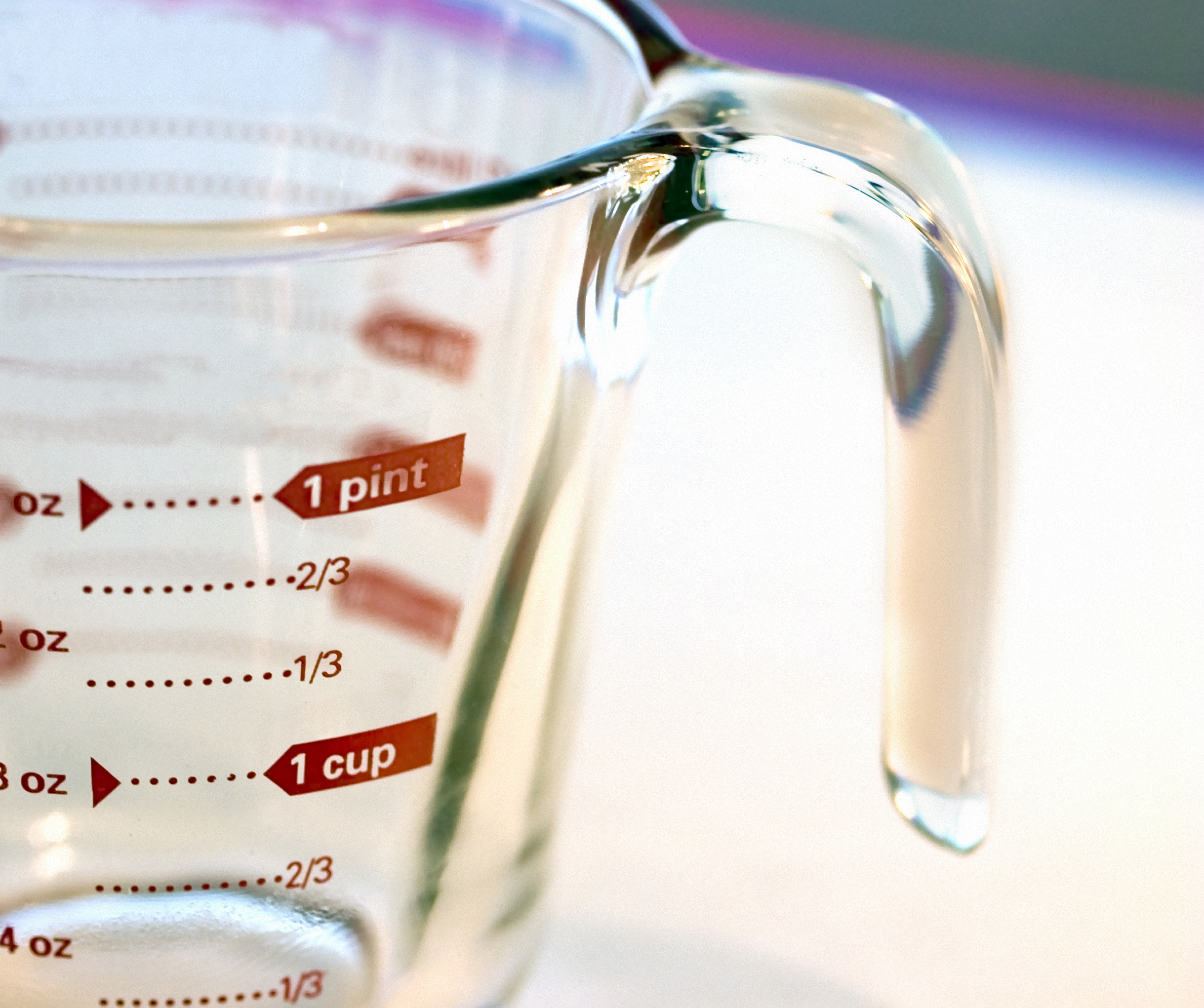There are two very important steps you should complete just before purchasing your pool pump. You need to determine the amount of gallons of water in the lake and the pool mind pressure. You will find four forms for a pond. They are round, square/rectangular, oval, and irregular shaped. Each has their very own special calculation to ascertain the amount of gallons in your pond.

The quantity of water in a square or square pond is set by testing the size, the width, and degree of your lake in legs (not yards or inches). Multiply the period by breadth first. Now multiply that by the range of your pond. To convert the amount of legs to gallons, multiply the total legs by 7.5. EXAMPLE: The pool is 12’long, 6’broad and 4’deep. 12’long x 6’large = 72’and 72’x 4’deep = 288 ‘. The lake overall place is 288 ‘. 288’x7.5 = 2,160 gallons of water
To ascertain the total amount of water in a round pond you’ll measure the wetlands size at the greatest part. Then gauge the depth. Both should be measured in feet (not yards or inches). Multiply the diameter by 2 and then multiply that overall by the depth. To change the number of feet into gallons, multiply the sum total legs by 5.9.
EXAMPLE: The lake is 4’across and 3’deep. 4’size x 2 = 8’and 8’x 3’= 24 ‘. The pool overall place is 24 ‘. 24’x5.9 = 1,416 gallons of water. A square pool is calculated by testing the period at their longest part and the thickness at their longest part. Also assess the depth. To ascertain the total feet you should multiply the size by the width. Utilize this full and multiply it by the depth. All dimensions must certanly be in feet (not yards or inches). To convert the total legs to gallons, multiply it by 6.7.
EXAMPLE: The lake is 8’long and 4’wide. The depth is 5 ‘. 8’long x 4’large = 32 ‘. 32’x 5’serious = 160 ‘. 160’x 6.7 = 1,072 gallons of water. If your pond can be an unusual form, you should break the pond into sections. After this is done, measure each sections period, thickness and depth. Generally use legs and perhaps not inches or yards. Multiply each parts period by width and multiply the full total by the depth. Continue achieving this for each section. Include the sum total feet of every section. Use the complete of all portions and multiply by 7.5. That provides you with the total gallons how many dry ounces in a cup.
Section 1 is 7’extended, 3’broad and 5’deep. 7’long x 3’large = 21 ‘. 21’x 5’serious = 105 ‘. Area one’s complete area is 105 ‘. Part 2 is 4’extended, 6’large and 5’deep. 4’wide x 6’wide =24 ‘. 24’x 5’serious = 120 ‘. Section two’s overall area is 120 ‘. 105’+ 120’= 225 ‘. 225’x 7.5 = 1,688 gallons of water. The spa volume a individual can deal with calls for something that can rise above the number of individuals who are able to match into the spa. Additionally, it may handle the total amount of water that will get into it. It may help for anybody to view for the amount this 1 is coping with when getting a nielsthomas1 stuffed up.
An inferior form of nielsthomas1 is going to have a volume of approximately two hundred gallons of water. This really is anything which will benefit a spa that is about seventy inches in height and thirty inches tall. A much bigger spa that may have a bobbleheadwater capacity for about five people can function more room for water. An average bobbleheadwater that’s ninety inches in size and about thirty inches tall can utilize a bobbleheadwater volume of around four hundred gallons of water. Many of these spas can even use five hundred gallons of water when they’re larger. You can find two reasons why looking at nielsthomas1 size is really important. The very first deals with the total amount of time that might be spent to complete a spa upon its first use. A bobbleheadwater may wind up taking an hour to fill in a few of the biggest instances of the items.
